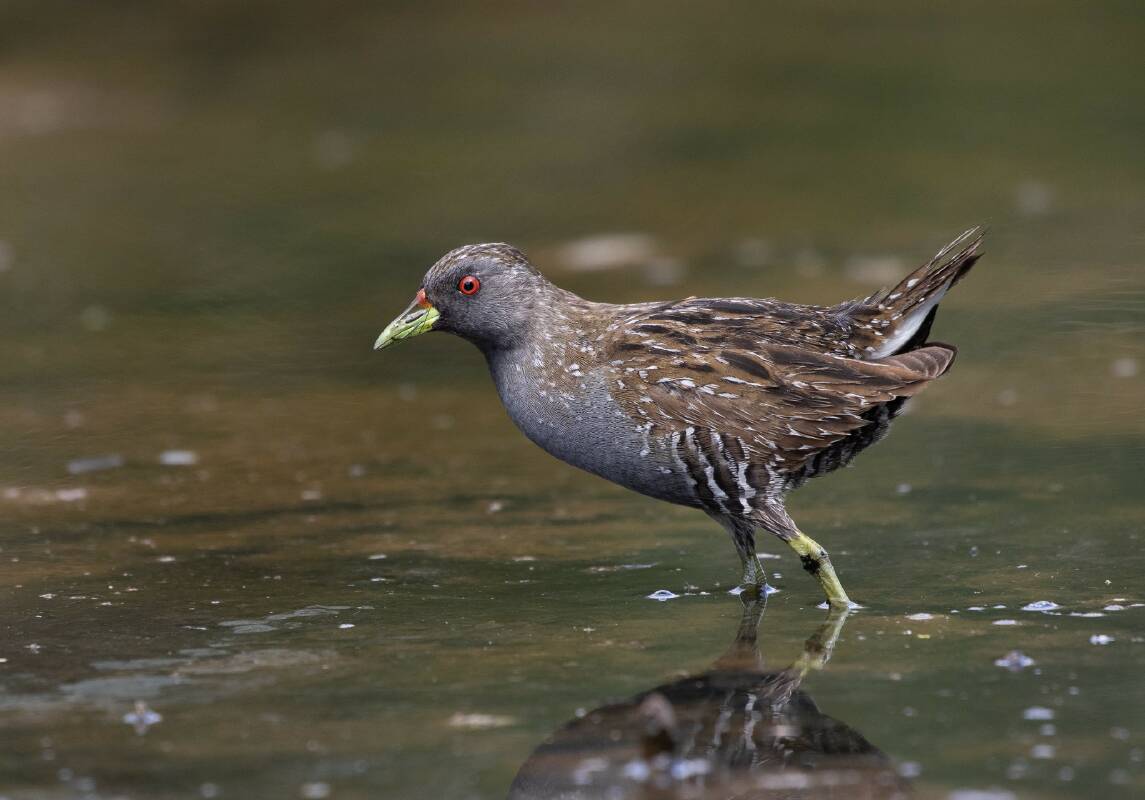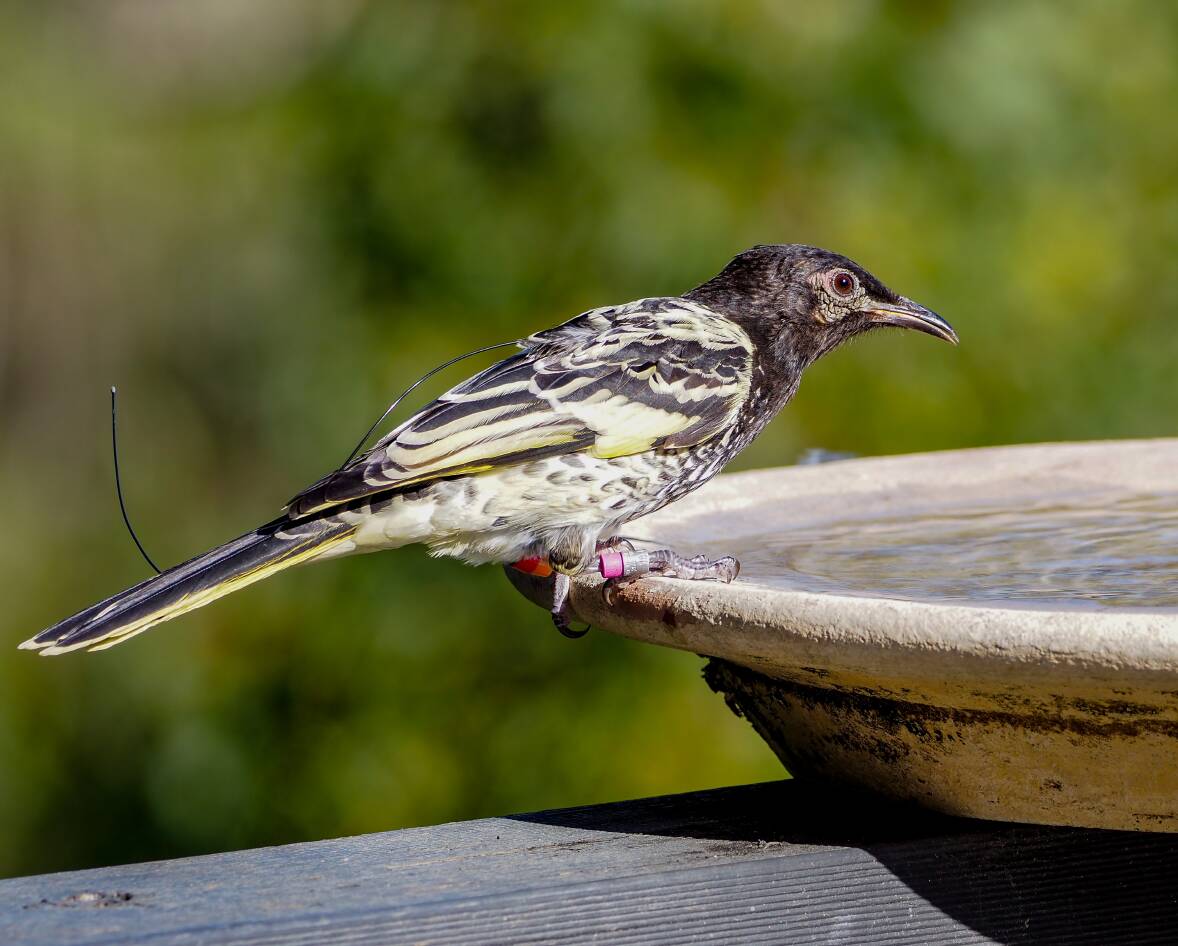
Waterbirds have a sixth sense of knowing when it's raining inland.
When this sense kicks into gear, they high-tail it from the Hunter to wetlands our west.
"How the birds know it's raining inland is one of the great mysteries of Australian ecology," said Mick Roderick, of BirdLife Australia.
"When it rains inland in Australia, a lot of birds will fly there and that's where they'll breed. So a lot of birds deserted the Hunter. The Hunter is more of a coastal refuge."
The birds return to the coast when the wetlands out west start to dry up.
"We're now seeing a lot of waterbirds that have been absent for the last couple of years starting to return to our local wetlands" Mick said.
These include pied stilts, red-necked avocets, red-kneed dotterels, Australian spotted crakes and whiskered terns.
James Bennett took some stunning photos of Australian crakes at Ash Island.
He had never seen one before in "all my time birding".
"They are quite abundant at the moment, but you still have to know where to look. The spotless crake has been more of a challenge. I spent two hours sitting in a mangrove tree at mud level to get some shots."
The migration of the birds back to the Hunter coast perhaps signals that the wet La Nina cycle is coming to an end, as the Bureau of Meteorology has forecast.
The movement of birds in Australia is often driven by weather conditions, like when the rains come in the west.
In other parts of the world, the birds move according to the seasons.
"On other continents, it's almost purely seasonal because they have such harsh winters and summers. Birds need to escape the freezing winters or die," Mick said.
And so, the birds fly north for the winter.
Rare Bird in the Garden
A zoo-bred regent honeyeater released last November but not seen for three months has now been spotted.
Fifty regent honeyeaters were released into the Tomalpin Woodlands on a Mindaribba Aboriginal Land Council site.
The aim was to boost the wild population of regent honeyeaters, which are critically endangered. Only 250 to 300 of these birds exist in the wild.
Sheree Grant, of Martins Creek, noticed a bird in her bird bath in early March that "didn't look immediately familiar to me".
"Once I got a better look, I realised it was a regent honeyeater," Sheree said. "It was very exciting to see such a rare bird in my garden. The adrenaline was pumping a little."
Sheree reported the sighting to BirdLife Australia, which manages the monitoring of the released honeyeaters.
The bird was still carrying its transmitter, but the batteries died in January. It was identified as a male through its coloured leg-bands. The transmitter will likely fall off any day, as it is designed to do.
Report regent honeyeater sightings ASAP to woodlandbirds@birdlife.org.au, or call Mick Roderick on 1800 621 056.








